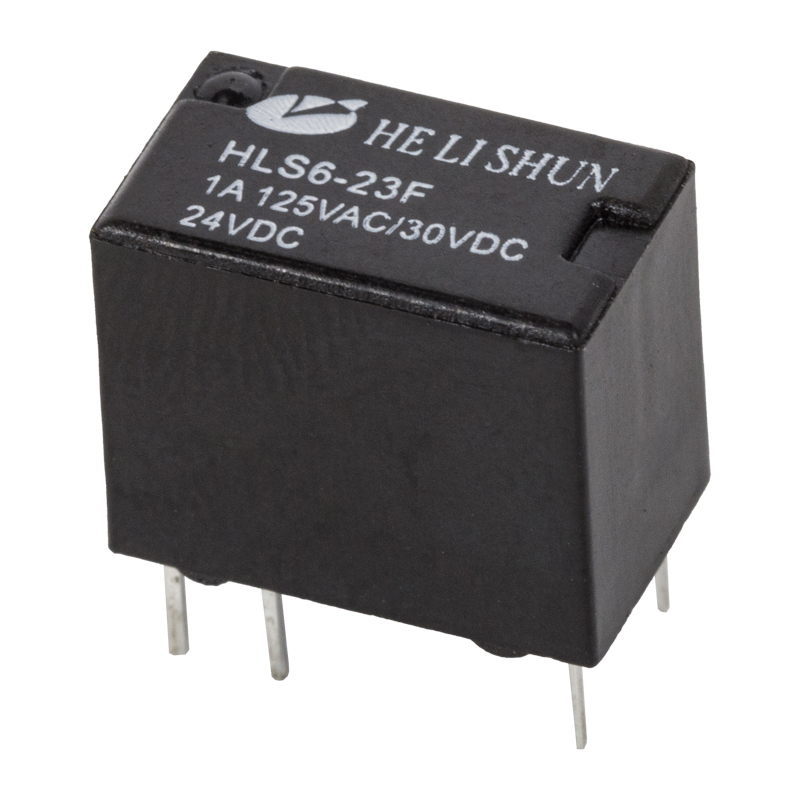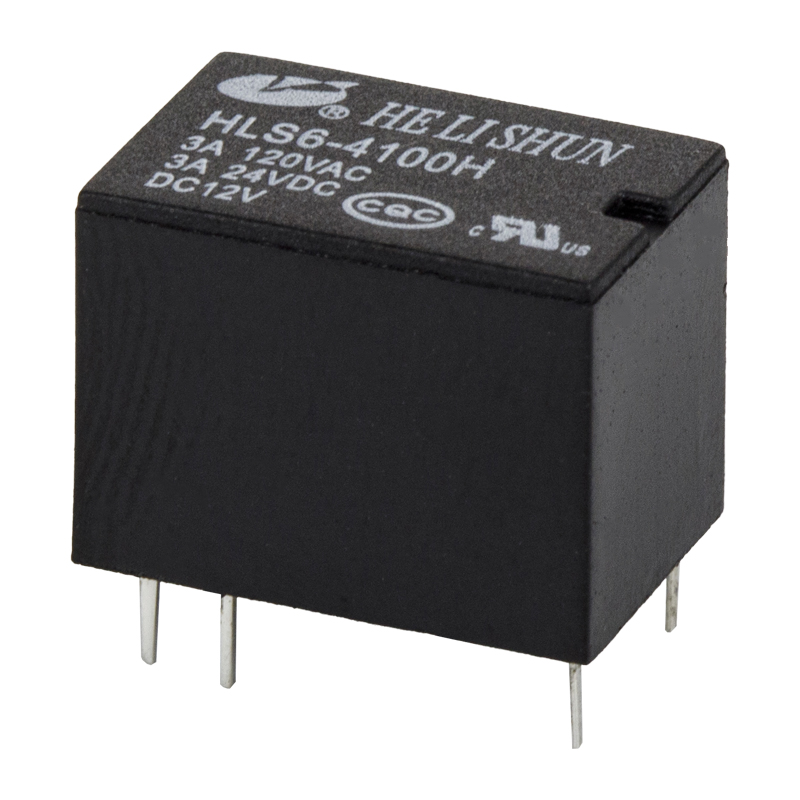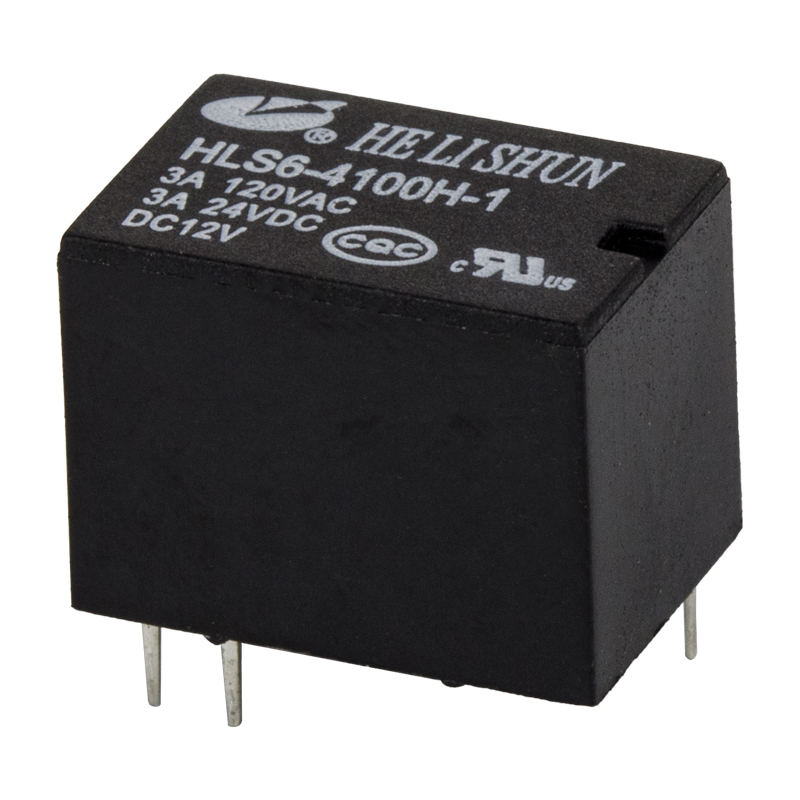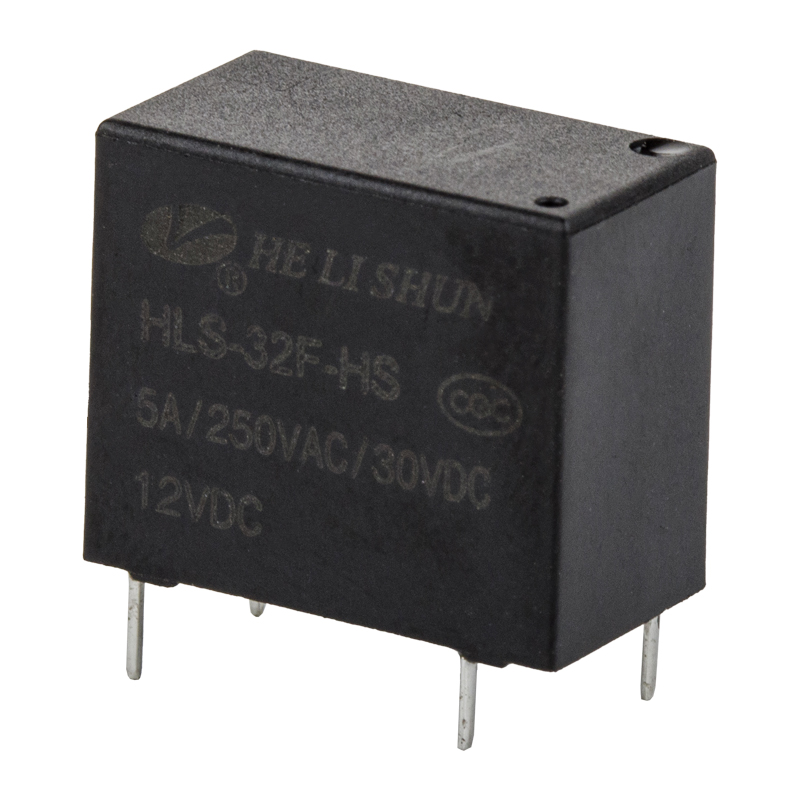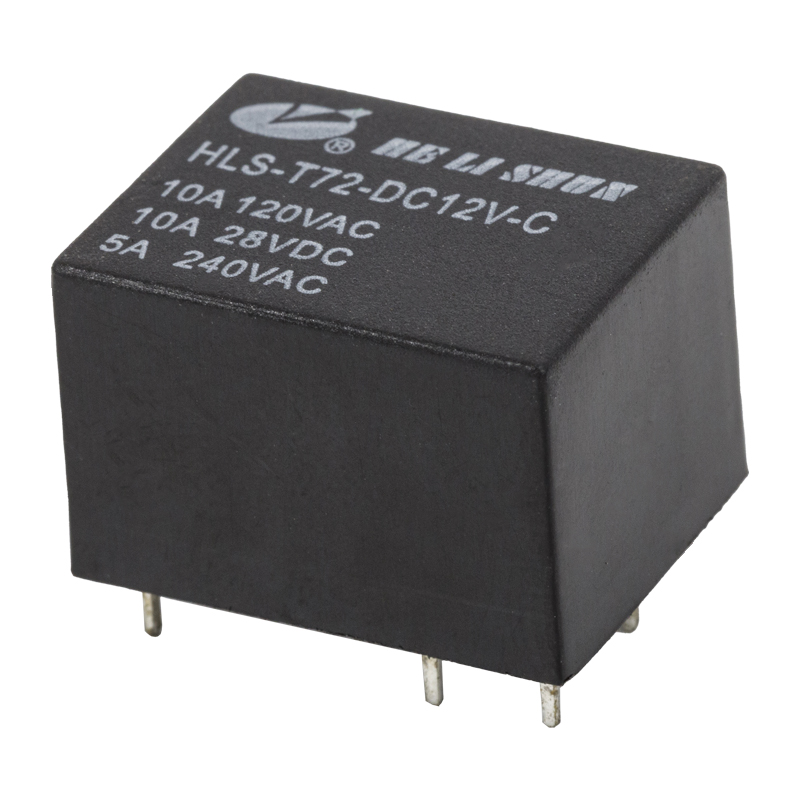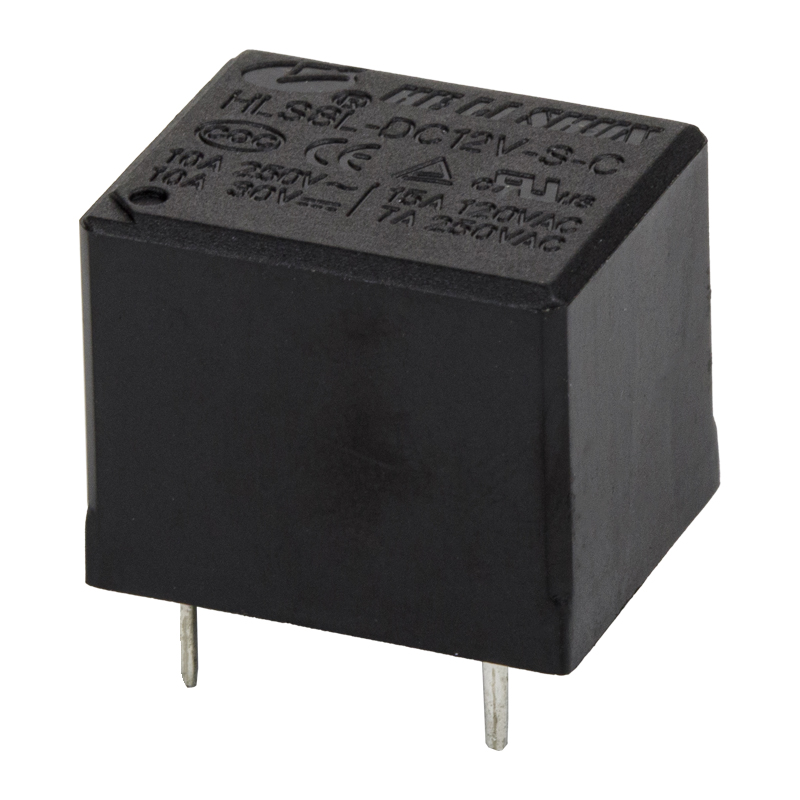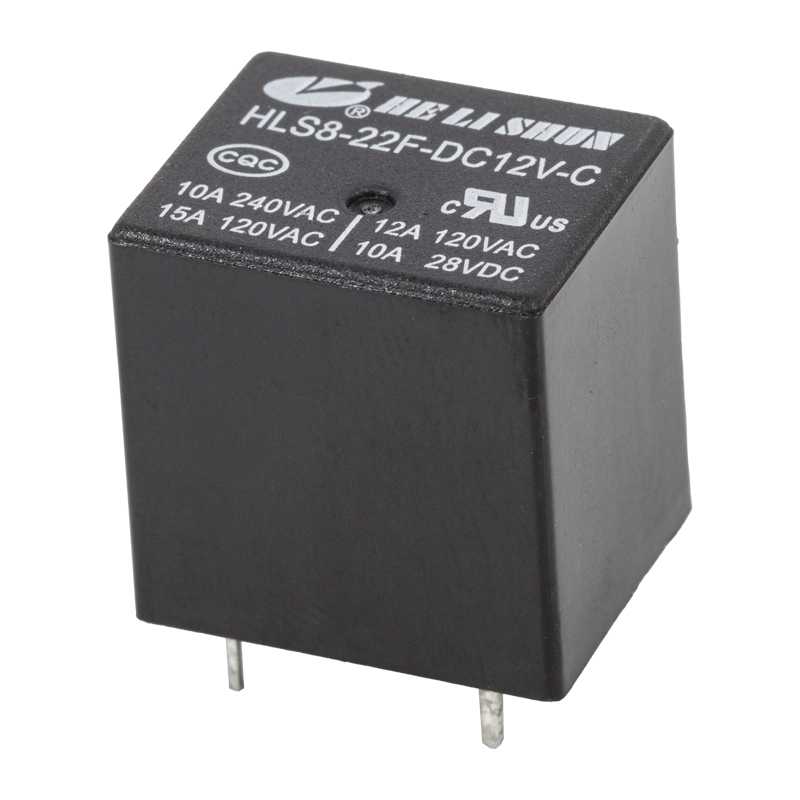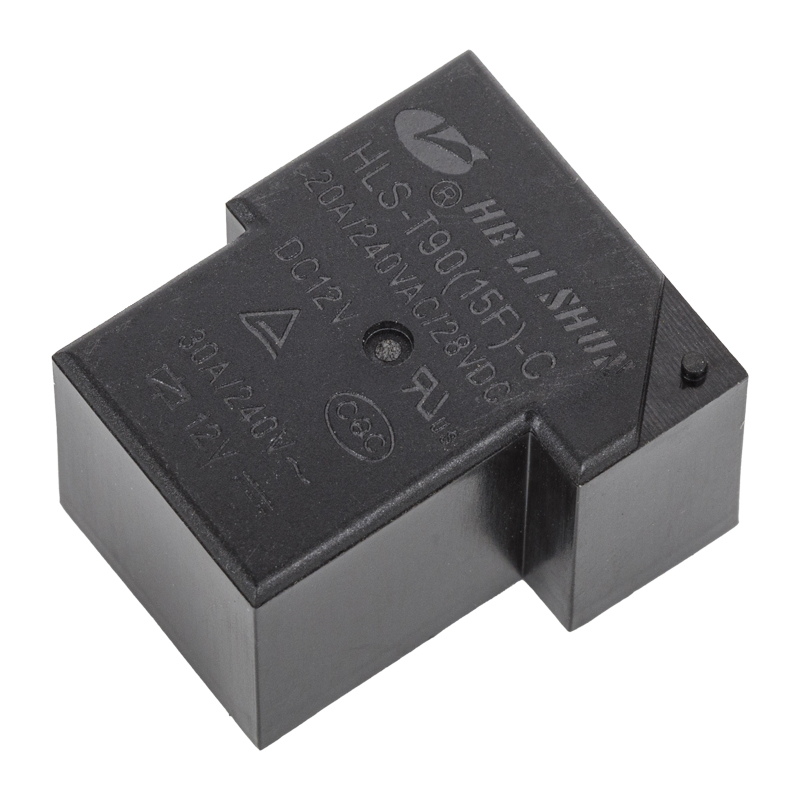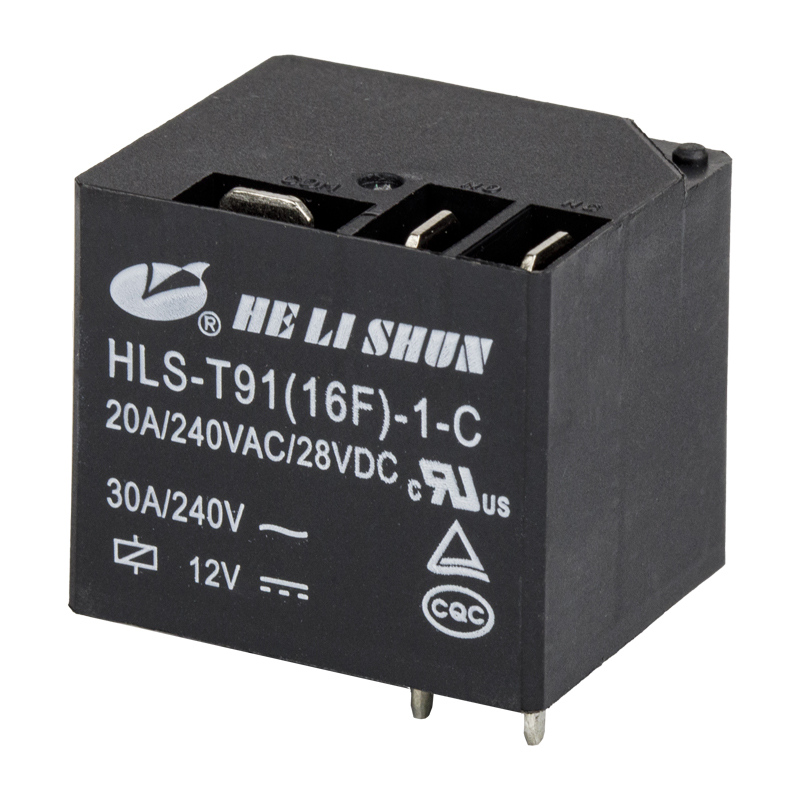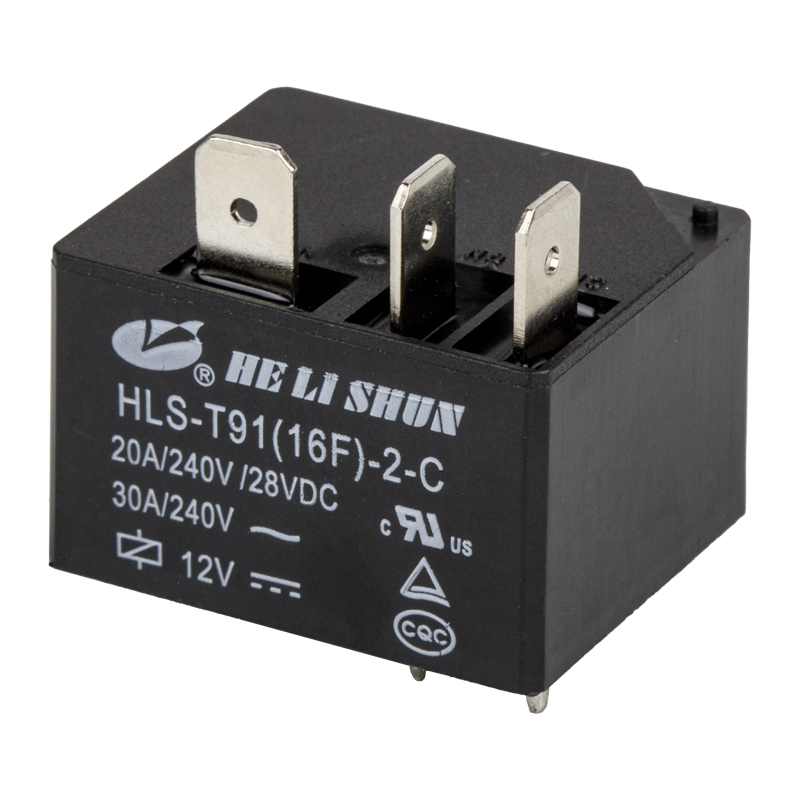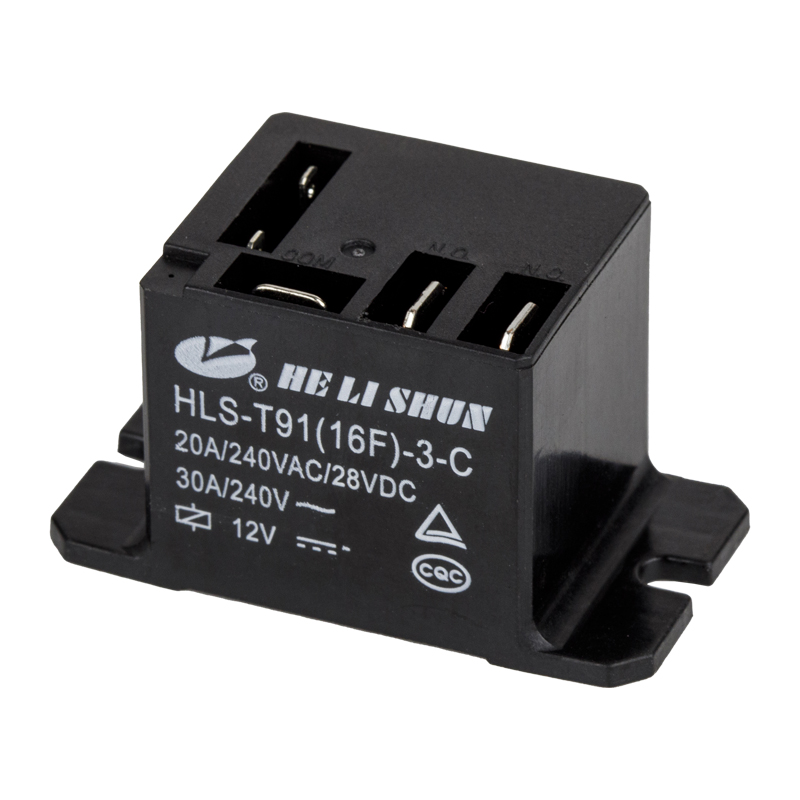In an environment with high industrial vibration, evaluating whether the relay's seismic resistance is sufficient requires combining its technical parameters and actual application scenarios. The relay's seismic resistance parameters are 10-55Hz frequency range and 1.5mm double amplitude. It can withstand low-frequency to medium-frequency vibrations, and the vibration displacement within this frequency range does not exceed 1.5mm peak-to-peak.
The vibration characteristics in industrial environments are key factors in determining the applicability of relays. Typical industrial vibrations mainly come from equipment such as motors, pumps, and compressors, and usually manifest as low-frequency vibrations and medium- and high-frequency vibrations. If the frequency of the on-site vibration falls within the range of 10-55Hz and the amplitude does not exceed 1.5mm, the relay can work stably; but if the vibration frequency is lower than 10Hz or the amplitude is larger, it may cause relay contact jitter, malfunction, or even mechanical structure damage, and its seismic resistance may be insufficient.
When evaluating whether the relay is suitable for high-vibration environments, it is necessary to distinguish different scenarios. For ordinary industrial control cabinets, automation equipment, or fixed-installed power electronic equipment, the vibration is usually small or has been treated with shock absorption, and the relay can meet the requirements. However, in heavy machinery, transportation vehicles, or when installed directly near high vibration sources, the vibration may exceed the relay's tolerance range, and careful selection or additional measures are required.
If the vibration conditions in the industrial environment are more severe, there are many ways to improve the relay's seismic reliability. Adding shock absorbers or cushions can effectively reduce the vibration amplitude transmitted to the relay; choosing a relay with a higher seismic rating is also a solution. In addition, optimizing the installation method or performing vibration testing in the actual environment can further verify the relay's applicability and ensure its long-term stable operation.




 English
English 中文简体
中文简体
